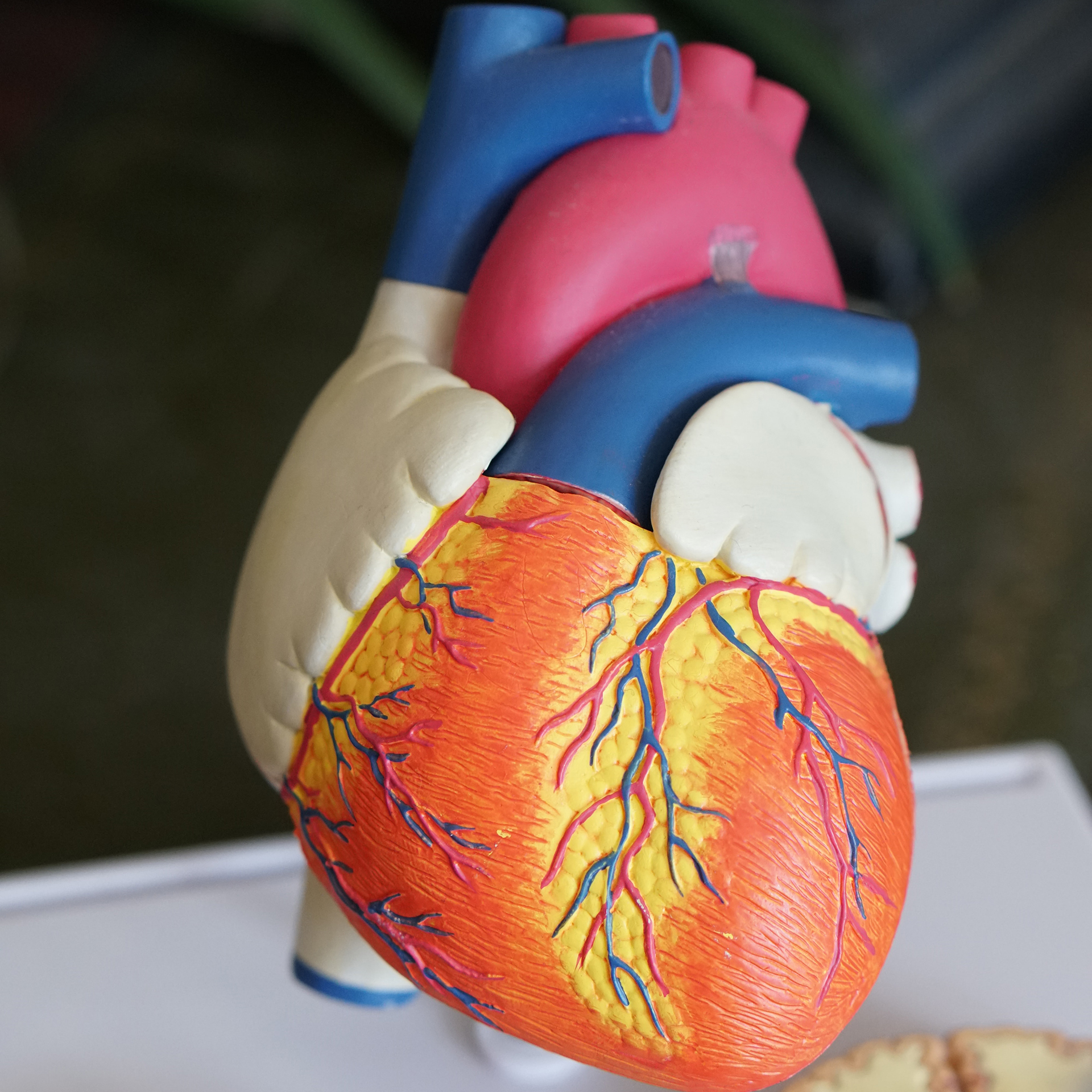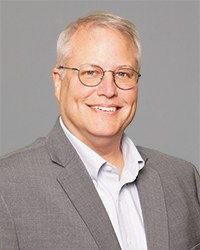Just when many of us believed we knew how to love our hearts by keeping blood pressure and cholesterol levels low, the medical community hits us with this: Stress and age are now leading causes of heart disease. Lest you start stressing about how a person is supposed to avoid either of those, take heart. Cardiovascular disease is manageable and even reversible with innovative treatments, prescription medicine, and/or healthful lifestyle choices. However, to avoid becoming a statistic, individuals should be aware of their risks, take steps to mitigate those risks, and know the symptoms that could indicate a heart condition.
“As long as we catch it early enough, we can treat what we need to treat, and we can control it. It’s not the death sentence it used to be,” said Dr. Robert Federici, who has been practicing medicine in New Mexico for 25 years and is medical director of Presbyterian Healthcare Services’ cardiovascular program. “I joke with my patients that my job is to make sure you die of something else.”
While heart disease-related fatalities have been on the decline nationwide and in New Mexico for the last decade, heart disease remains the leading cause of death in the state – accounting for 21 percent of all fatalities. In recognition of American Heart Month in February, the New Mexico Department of Health and local cardiologists are raising awareness about this preventable killer that disproportionately impacts the older population.
Age and stress
About two-thirds of cardiovascular disease (CVD) deaths occur in people age 75 and older, and the risk of getting heart disease increases with age, according to the American Heart Association (AHA). Among ages 60 to 79, about 68 percent have CVD, but that jumps to about 85 percent for the 80 and older age group.
“Age is probably the biggest risk factor for heart disease because if you live long enough, you’re likely to get heart disease,” Federici said.
For those who do develop heart issues, stress is the most significant complicating factor leading to death, according to a study released in November by the Journal of the American Medical Association.
Combine stress and age, and the result can be a double whammy for the heart. Even so, stress and age are not risk factors commonly quoted to patients in doctor’s offices. “Physicians aren’t bringing it up. There’s not a pill we can give for stress,” Federici said, adding that he believes it should be a routine part of the conversation.
Rather, the AHA’s “Simple Seven” take center stage – weight, activity level, smoking, blood sugar, cholesterol, blood pressure, and diet. There’s good reason physicians focus on these risk factors, said Dr. Robert Taylor, Optum New Mexico’s chief medical director of cardiology and former president of the AHA’s New Mexico chapter. “The biggest thing we tell people is to know your numbers. Know your cholesterol, know your blood pressure. If you know your numbers … and if you hit those goals by the time you’re 60, you can expect to live life without a heart attack. … It’s not an inevitable situation.”
In addition to the traditional treadmill stress test, Taylor recommends people receive a heart scan to more fully examine heart health. The noninvasive procedure assesses the level of calcium in the arteries. If a calcium level is elevated, that means the patient is at risk of heart disease or a heart attack.
“You can do all the right things and still develop plaque in the arteries,” Taylor said.
Love the mind, love the heart
Stress is often a component. That’s because stress releases hormones, such as cortisol, that “jack up our bodies with energy,” Federici said. Their production, an evolutionary fight or flight response to life-or-death situations, increase heart rate, blood pressure, and inflammation – all of which, over time, contribute to heart disease.
To reduce the effects of stress, Federici said, individuals can and should begin by eating a healthful diet and getting regular exercise of at least 30-45 minutes, five times per week. Meditation, prayer, mindfulness exercises, or any activity that calms the mind is also suggested.
“Walking is the perfect exercise, especially for people over 50,” he said, “because it’s a routine you can stick to that doesn’t wear out joints or your body.”
When lifestyle isn’t enough to curb risks, cholesterol-lowering medications may be the next best approach. Statins, in particular, have been linked to reduced risk for heart disease and stroke.
“Heart attack rates have dropped in half in the last 10 years. But people are not getting thinner in the U.S.; people are still smoking; we don’t have less diabetes, we have more. So, none of the classic risk factors have gone away,” Federici said. “But more patients have been put on cholesterol pills, which can stabilize plaque – one of the biggest factors in terms of maintaining good heart health.
“Heart function can even get better with certain medications and therapies. It’s very common to see that.”
Cutting-edge therapies
Innovative medical procedures are also giving heart patients reason to be optimistic. For example, a relatively new, minimally invasive procedure involving a permanent heart implant offers an alternative for people who either can’t tolerate or fear side effects from blood thinners. The implant, called a Watchman, effectively reduces the risk of stroke in patients with non-valvular atrial fibrillation, or AFib, the most common type of irregular heartbeat that can lead to blood clots and stroke.
Also on the cardiovascular horizon is a groundbreaking treatment for high blood pressure. Called renal denervation, the catheter-based procedure uses radiofrequency ablation to disrupt renal nerves that impact blood pressure, allowing the patient to come off medications.
Federici estimates the minimally invasive surgery will be a reality for New Mexico patients soon after it receives U.S. Food and Drug Administration approval, likely in the next year to 19 months: “Happily, in the cardiovascular world, (New Mexico) has not been lagging. In terms of innovative technology, we’ve been at the forefront.”
Indeed, the biggest hurdle to heart health often lies with the patient. People may not be motivated to take action toward better health, or they ignore symptoms of cardiovascular issues because they are subtle or vague. These could include mild shortness of breath during day-to-day activity or during exercise, excessive sweating, swelling feet, exercise intolerance, and an increased sense of fatigue.
“People will blow it off and say, ‘I’m just getting older,’ or ‘I’ve gained five pounds,’ or ‘I’m out of shape,’ and they minimize the symptoms,” Optum New Mexico’s Taylor said. “A lot of people have the misconception that everybody has chest pain, but a lot of people never have chest pain.
“The biggest thing I can recommend is if you think there might be problem, have it looked at. There’s never a bad time to start.”













